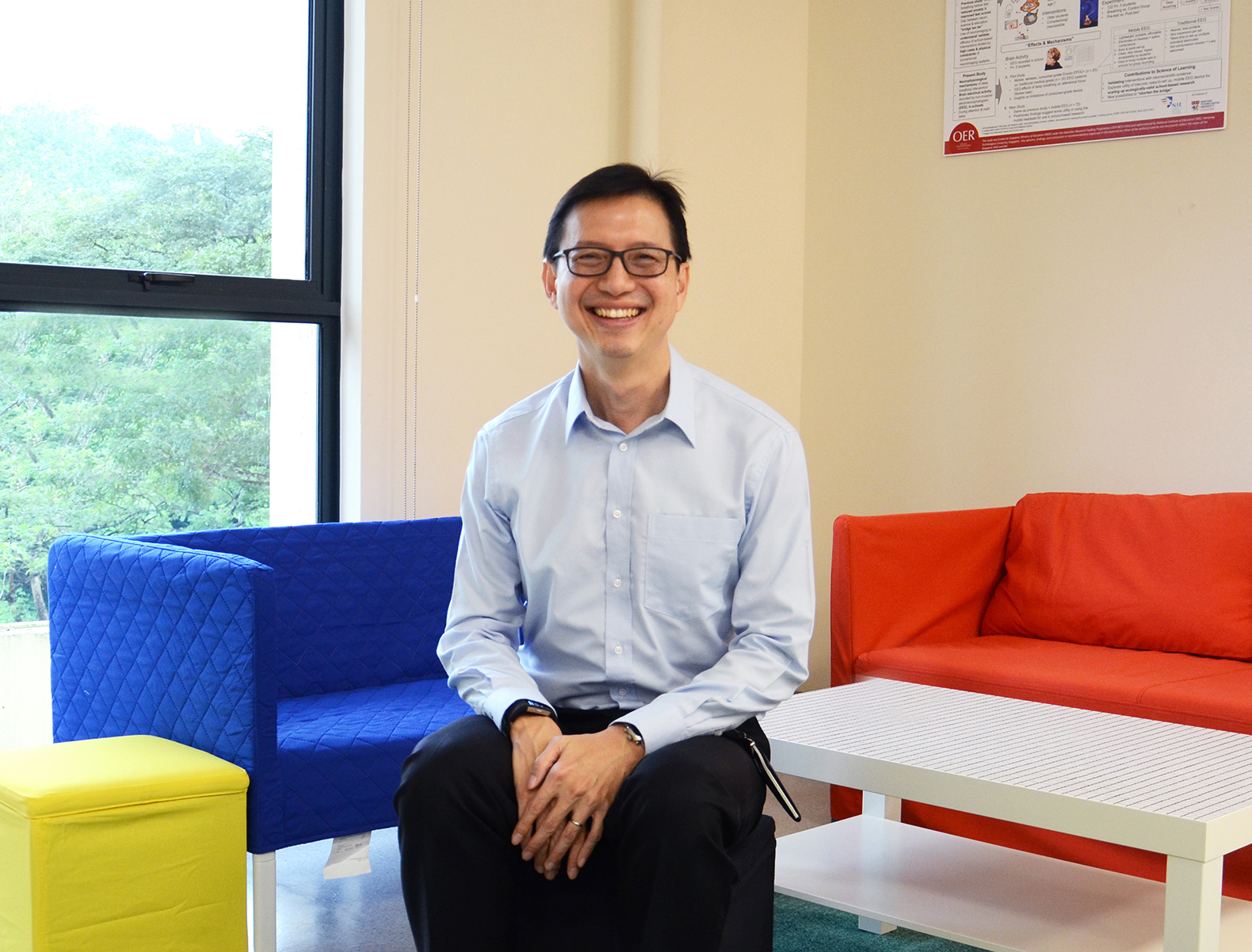Why Singapore’s English Teachers Should Embrace Singlish, Not Fight It
Is it time for Singaporean educators to embrace Singlish as a legitimate learning tool? What the Research […]
Read More
Transition is the process in which an individual encounters a move into a new environment that requires him or her to adapt to an unfamiliar setting. In the context of early childhood education, transition occurs when a child moves from preschool to primary school. Often, this is seen as a stressful period for both the children and their parents as they navigate new territories, but must it really be that way? The Guest Editor of this issue, Associate Professor Kenneth Poon, highlights the three key players who play an important role in successful transitions – preschool teachers, primary school teachers and the parents.
Changes are ubiquitous; we experience them as we travel through our life course. Similarly, in early childhood, children are exposed to multiple changes in a day. The presence of routines and structures, however, will help make most of those changes manageable for them.
One major change that most local children under the age of seven face is the transition from kindergarten to primary school.

“Along with these transitions often comes quite significant changes in the child’s environment. The changes are not only in the physical environments but also in the learning and social environments,” explains Associate Professor Kenneth Poon, who is also Co-Director of the Centre for Research in Child Development at the National Institute of Education (NIE).
While it is almost universal that all preschools in Singapore operate with the mission of preparing children for formal primary school education in mind, the extent to which these children are prepared for this move varies from school to school.
One of the most challenging issues that children face when entering primary school is the concept of self-regulation. Oftentimes, these children struggle to self-regulate their behaviour and have trouble expressing their emotions in a manner considered appropriate for their age.
There are also many other aspects of change that children may experience during the transition process. This includes the increased student-to-teacher ratio, the large number of students in the school, and even the sheer size of the furniture. While these may sound like trivial matters to adults, they can get very overwhelming for children.
“The changes that children face may vary widely from routines, expectations, adults, and peers,” Kenneth shares. “There is undoubtedly the academic change too but fortunately, our primary school system starts out at a comfortable point for the vast majority of our children.”
As such, what can be done to minimize the non-academic aspect of stress in these children so that they may experience a smoother transition to primary school?
“The transition from kindergarten to primary school is very much like a ‘handshake’ in which the preschool teachers prepare the child while the primary school receives the child,” Kenneth says.
During lessons, many of these preschools will often make references as to what happens in primary schools. This helps children to anticipate what they could possibly experience later on. “Some preschools even bring the children out for field trips to primary schools just to help prepare them for the change,” Kenneth shares.
Meanwhile, Singapore primary schools establish specific structures when receiving their primary one students. This includes employing the “buddy system” in which they are individually paired with older students from the school in an effort to provide them with the basic guidance (how to navigate their way around school and make food purchases during recess time, for example) during their first few weeks in school.
Kenneth notes that for a smooth transition to occur, the children’s families also play a crucial role in the entire transition process. This includes being actively involved in bringing the child to orientation programmes and, back at home, communicating to the child about the concept of primary school.
“What parents tell their children is important. Do they talk about primary school being a scary place to be at or do they describe it as a place full of new curiosities and experiences? What is being communicated to the child can shape how the child feels about moving on to primary school,” explains Kenneth.
“As such, an effective partnership between these three stakeholders – preschool teachers, primary school teachers and families – will facilitate a smooth transition. If any party is less engaged, it can potentially make the transition process more stressful for the child.”
While a smooth transition involves a partnership of the three elements, much can also be done in the area of research to identify and address possible gaps.
To further support transitions in the early years, NIE, under the Education Research Funding Programme managed by the Office of Education Research, conducts various research studies related to this area.
“In particular, the Singapore Kindergarten Impact Project (SKIP) has allowed us to better understand how children progress from kindergarten to primary school,” Kenneth, who is one of the Co-Principal Investigators of SKIP, shares. “This project helps us identify the different pathways of children’s development as they transit.”
As many teachers and parents would agree, transition can be a stressful process for the child, but must it really be that way? For Kenneth, that is not always necessary if the appropriate support and active partnership are present. As he simply puts it: “This brings us back to the adage of it takes a village to raise a child.” It definitely does!